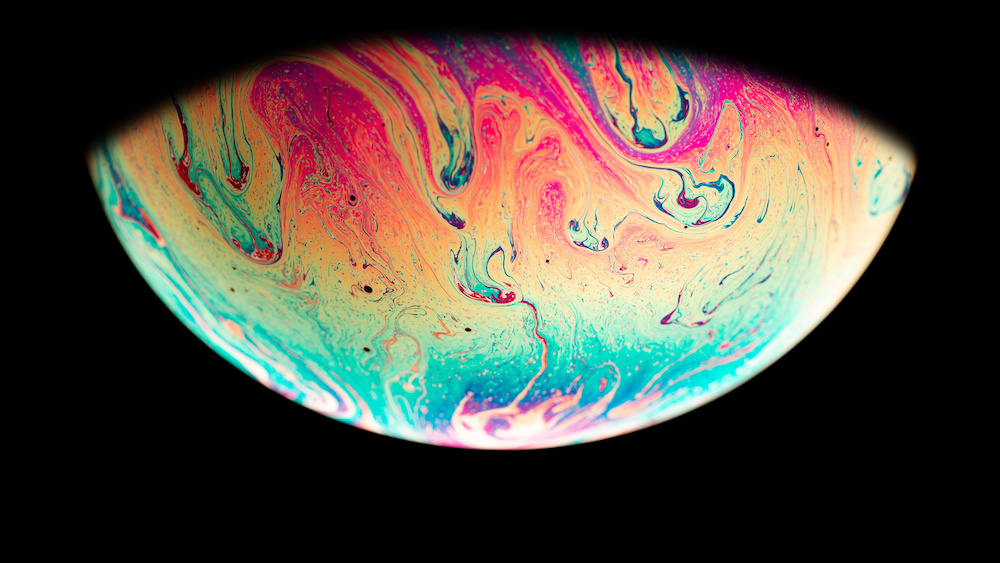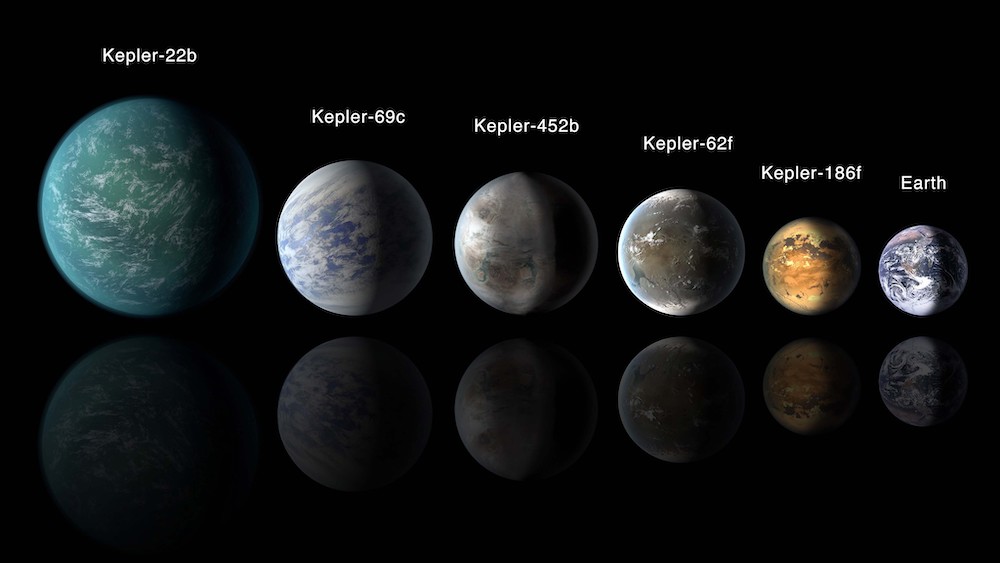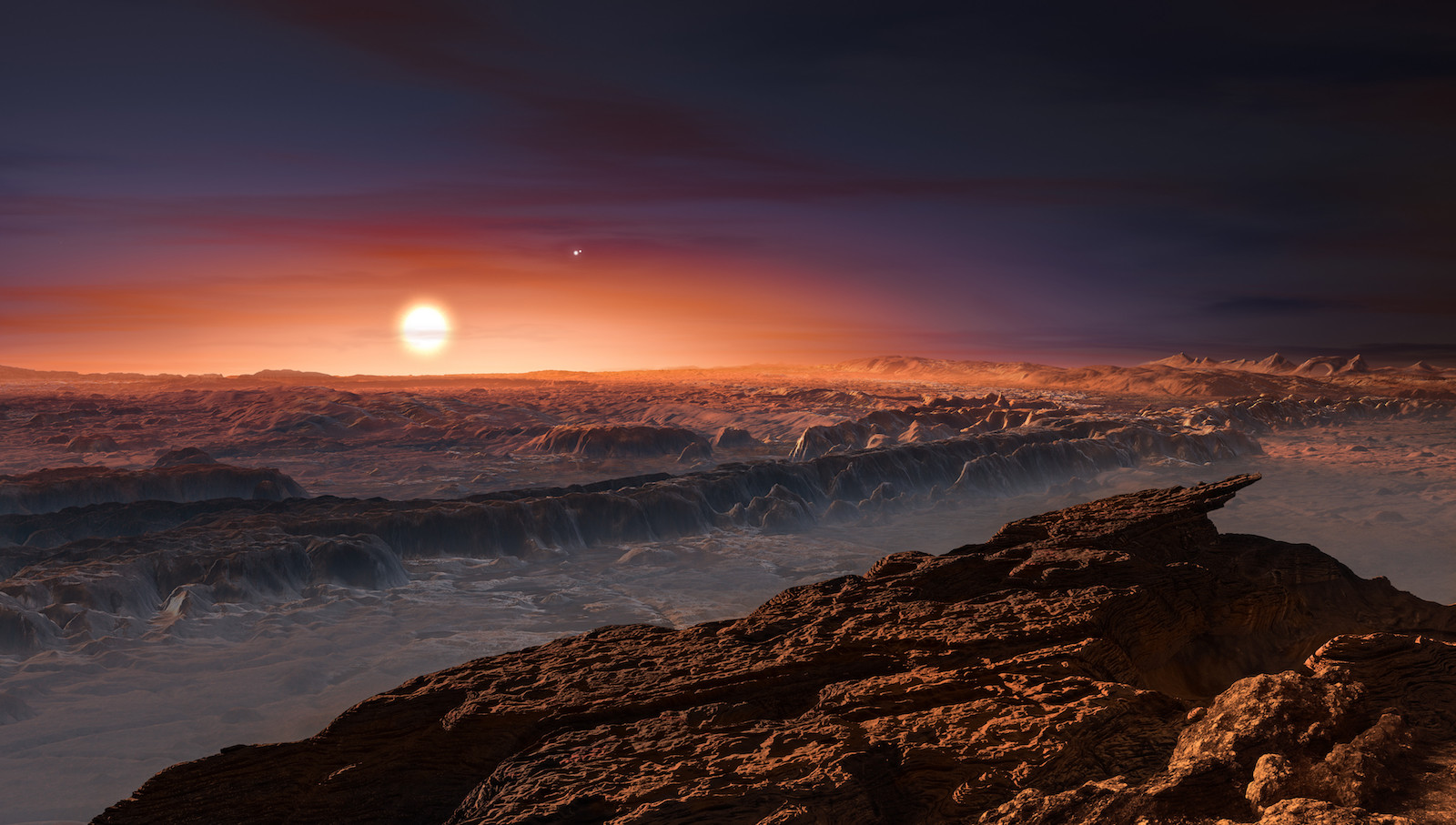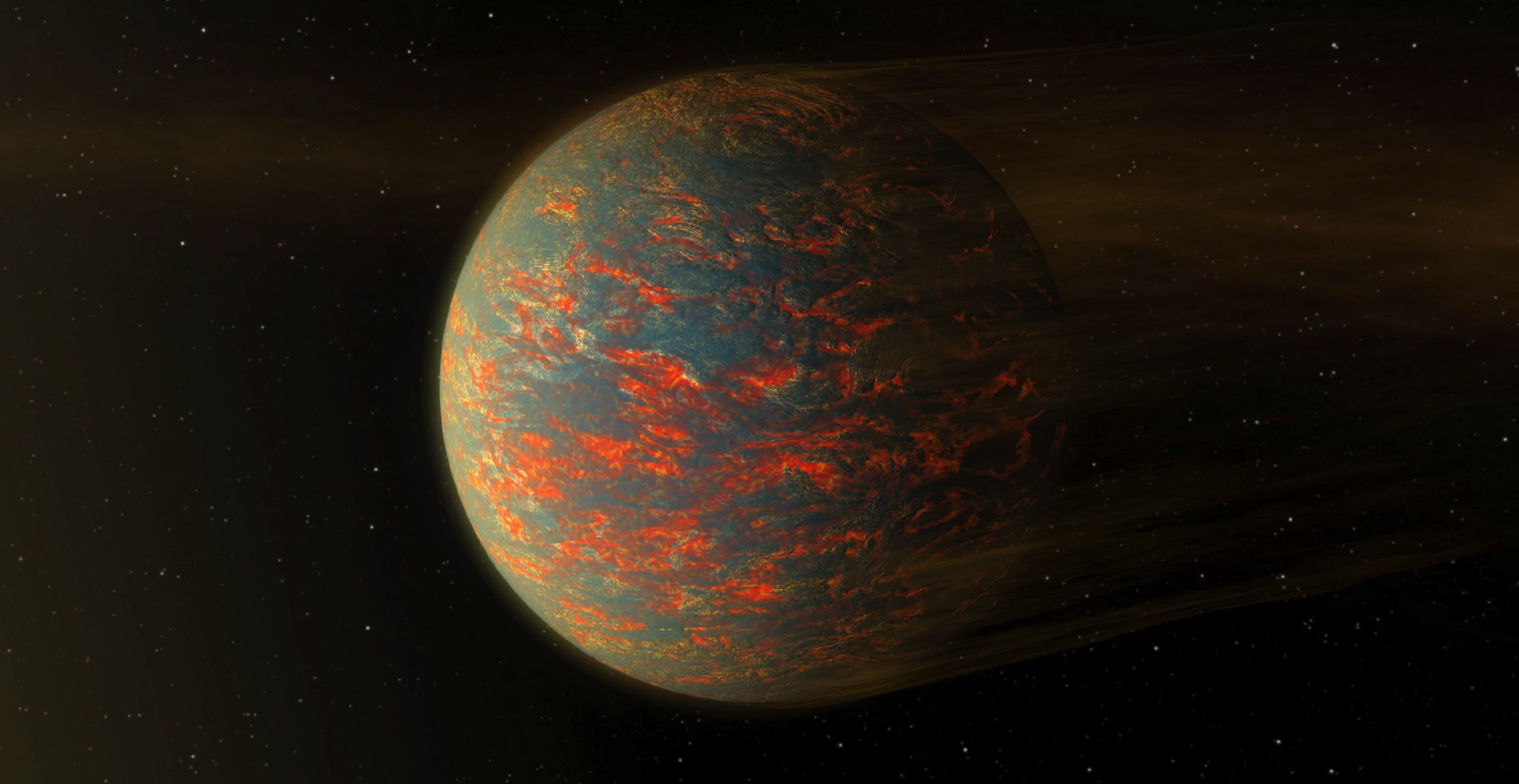How astronomers piece together surfaces of invisible alien worlds

- Planets are very hard to observe because they are overwhelmed by the light of their host star.
- Still, astronomers can piece together what rocky extrasolar planets are like, even without seeing them directly.
- Some distant planets are unlike anything we see in our Solar System — truly alien worlds.
The Universe is filled with planets. Astronomers have so far confirmed more than 4,500 worlds, with more than 1,500 of these being rocky terrestrial planets. Within our Solar System, the rocky planets — Mercury, Venus, Earth, and Mars — are quite different from each other. But once you begin to look at systems around other stars, the diversity we see in our Solar System is left in the dust. These distant worlds can be amazingly bizarre, unlike anything we have imagined. Some are super-earths, some rain rocks. Some have winds that rage at thousands of kilometers an hour, and others are made of diamond.
But how do astronomers know what these worlds are like? Basking in the glow of their parent star, these planets are nearly invisible. Scientists can only determine these planets exist by looking at their parent star; maybe it wobbles a bit under the planet’s gravitational pull, or maybe the light dims as the planet passes in front of it. But seeing these planets directly? Unlikely. Yet, astronomers have a few tricks up their sleeve that allow them to deduce the properties of these alien worlds.
There’s a model for that
Just because you can’t see something doesn’t mean you can’t predict its characteristics. Astronomers can make educated guesses about the properties of a planet to develop a detailed model.
This is what grad student Tue Giang Nguyen at York University did with his colleagues. The planet they were looking at, K2-141b, was orbiting ridiculously close to its parent star, located about 200 light-years from our Solar System. To imagine what this world was like, they made a few key assumptions.
One, they assumed the planet was tidally locked to its star. This seemed like a reasonable assumption, considering the planet completes a full revolution around its star in just 7 hours. “The star’s gravity is strong enough to morph the planet’s physical features and the side that faces the star becomes denser than the other side,” Nguyen told Big Think. “This uneven mass distribution will, over time, force the planet to spin in a way such that one side will always face the star.” This means that one side of the planet is locked in an eternal sweltering daytime, while the other side is in a continuous night.
Nguyen and his team developed a one-dimensional model that took into account how mass, momentum, and energy would flow from the scorching hot day side to the cold night side. What they found painted a picture of a hellish planet. On the day side, temperatures reached 3,000 degrees Celsius — hot enough not only to melt rock, but to vaporize it.
Winds would bring these vaporized rocks to the night side, where they would condense as a “pebble” rain. These rocks would land in the magma ocean, where they would flow back to the day side, only to evaporate once again. Instead of a water cycle, like you see on Earth, you would see a rock cycle.

One day, we may be able to observe this planet with JWST or perhaps even Hubble. As this planet passes in front of its star, a small amount of starlight will filter through the atmosphere, leaving signature lines on the star’s spectrum. Or conversely, when the planet passes behind the star, light from the star will filter through the atmosphere, bounce off the surface of the planet, and then pass through the atmosphere again on its way to us. We could then observe changes it makes to the spectra of the star. Then, we may be able to confirm some predictions regarding K2-141b’s atmosphere.
Planets “Polluting” Their Stars
Keith Putirka, a geologist at California State University in Fresno, was at the annual Goldschmidt Conference on geochemistry. Putirka was presenting results, done with his student, predicting what kinds of planets orbited stars. They made some simple assumptions that planets were similar to their host star in composition, minus volatile elements like hydrogen, helium, and other noble gasses. While standing near his poster, Siyi Xu wandered by. Xu, an astronomer at Gemini, asked him if he had ever heard of polluted white dwarfs.
When a main sequence star ends its life, it puffs up into a red giant. This is in store for our sun, and when it happens, the sun will engulf the orbits of Mercury and Venus, and possibly even Earth.
Planets orbiting these red giants will meet a very sad end. If they are close enough, they may be swallowed whole. Later, the red giant will expel its outer layers as a planetary nebula, and the core will collapse into an Earth-sized stellar remnant, a white dwarf. Alternately, the planets may be tidally disrupted, and fall, piecemeal, into the white dwarf.
Yet, the planets will live on – sort of. The rocks and minerals swallowed by the star will become disassociated into their corresponding elements. Astronomers can look at these “polluted white dwarfs” and actually piece together what the planets orbiting the stars used to look like.
Working together, this is what Xu and Putirka decided to do. Taking detailed observations of the atmosphere of white dwarfs, they reconstructed these dead planets.
This approach — taking elemental compositions to infer what kinds of minerals are present using a standard mineralogy (or normative mineralogy, as known in the geology community) — has been used since the 20th century for rocks on Earth. “We simply apply the same approach to stars,” Putirka told Big Think.
And what a surprise it was. In their small sample of 23 white dwarfs, they found a huge variety of potential minerals. In fact, the variety was so huge that many of the minerals they found have no counterpart in our Solar System. Some examples are minerals Xu and Putirka named “quartz pyroxenites” or “periclase dunites.”
This diversity of minerals will affect the major characteristics of a planet. Will it have mountains? Plate tectonics? A thick or thin crust? In fact, many of the planets potentially had mantles consisting of orthopyroxene (whereas olivine is dominant in the Earth’s mantle). This would change the thickness of the crust, affect plate tectonics, and maybe disallow it altogether.
Not only this. “It’s the mineral properties that will also determine things like whether a planet has a global water cycle or a global C [carbon] cycle, which in turn affect things like how and when an atmosphere and oceans evolve and the subsequent climate,” Putirka said.
Geology – A Case of Life or Death
A variety of things, such as volcanoes or plate tectonics, can affect the habitability of a planet. Plate tectonics make the surface of a planet come alive. Having segments of the crust that can move helps a planet regulate its temperature. Volcanoes can also cycle the atmosphere of a planet, helping to replenish gases that would otherwise be lost to space.
Planetary geologist Paul Byrne of Washington University in St. Louis didn’t have a specific planet in mind when he developed his models. Instead, he wanted to understand the range of planetary properties and how the crusts of planets could affect their properties as a whole. He and his team “spun the dials,” Byrne told Washington University’s The Source. “We literally ran thousands of models.”
By tinkering with the attributes of the planet — like its size, interior temperature, and composition, along with properties of the star and its proximity to the planet — they were able to make predictions about the outer layer of the planet: the lithosphere. They found that, usually, smaller, older, or planets far from their host star are more likely to have a thick outer layer. But there are exceptions, like when planets possess a lithosphere only a few kilometers thick. They dubbed these worlds “eggshell planets.”
So why are planets so diverse? One possibility is how they were formed. “The protoplanetary disk might have different compositions and the planets were formed at different conditions,” Xu said. These differences could have to do with previous generations of stars — a history passed down through millions of years, finally reflected in the characteristics of the newborn planet. Or they could be associated with formation mechanisms and properties of the disk itself, such as temperature and pressure.
Even though we may not be able to see these planets directly, they don’t have to remain unknown to us. When looking at models or stellar observations, one thing is for sure: Our planetary zoo is more diverse than we ever imagined.





